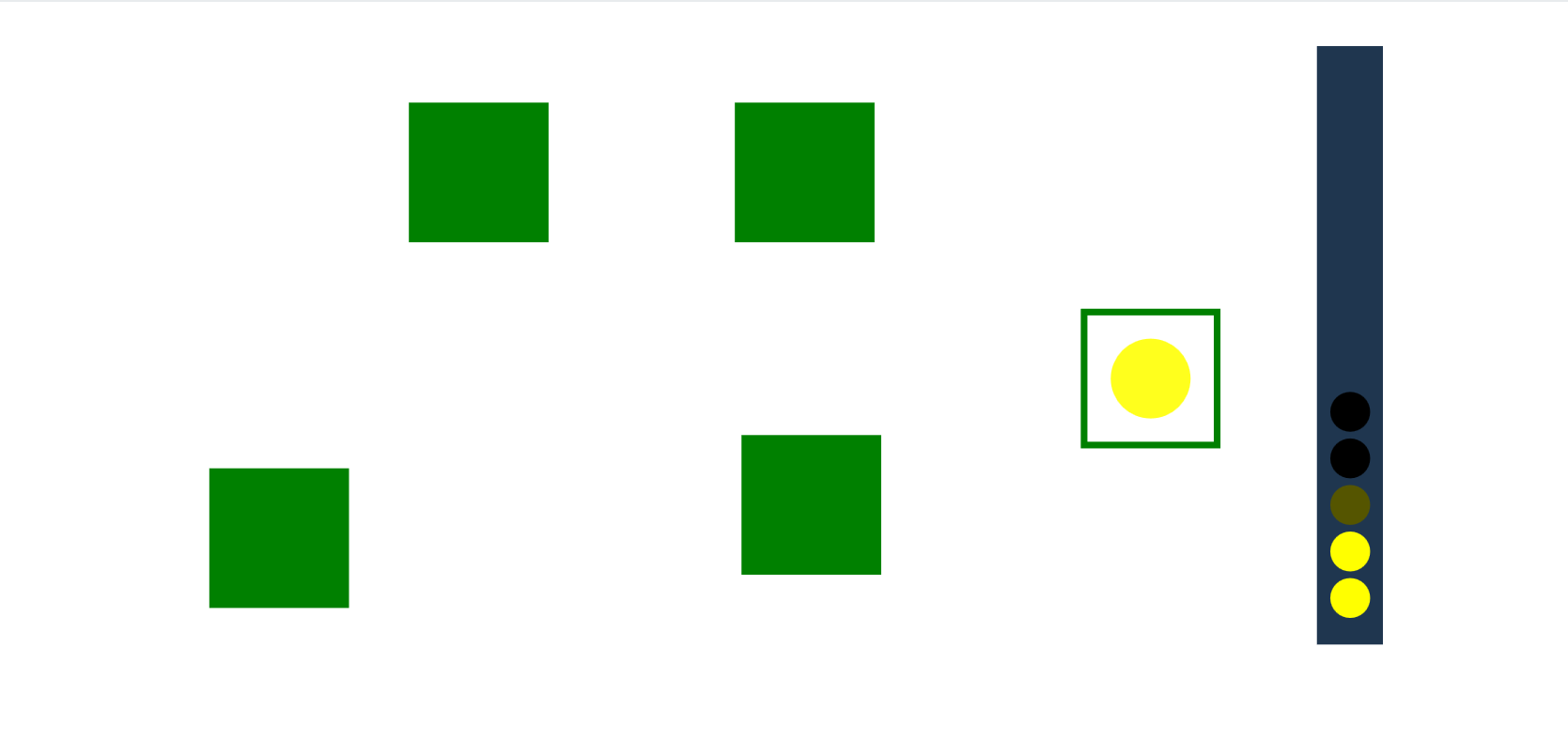

Updated normative sample standardized on 2,200 children aged 6:0–16:11.įind out how to use this test in your telepractice.Statistical links to two measures of academic achievement: KTEA-3 and WIAT-III.Automatically converts total raw scores to subtest scaled scores and sums of scaled scores to composites scores.Separate visual spatial and fluid reasoning composite scores results in greater interpretive clarity.Full scoring reports and interpretive reports include narrative interpretation scores.Simplified instructions with reduced vocabulary level, shorter discontinue rules and refined scoring criteria.Five new complementary subtests assess cognitive processes important to academic achievement in reading, math, and writing.Three new primary subtests - Visual Puzzles, Figure Weights, and Picture Span - measure the ability to analyze and synthesize information, quantitative reasoning and induction, and visual working memory.WISC-V delivers more flexibility, more content and more interpretive power. Supports more flexible evaluation of specific learning disabilities and two major approaches to specific learning disability identification: (1) pattern of strengths and weaknesses analyses and (2) ability-achievement discrepancy analyses.Significantly reduce testing time to obtain FSIQ.Assess giftedness and the impact of brain injuries.Evaluate cognitive processing strengths and weaknesses.Identify and diagnose intellectual and learning disabilities.Increase construct coverage without increasing test time.The WISC-V gives school psychologists, clinical psychologists and neuropsychologists flexibility and interpretive power to get a broader view of a child's cognitive abilities.


 0 kommentar(er)
0 kommentar(er)
